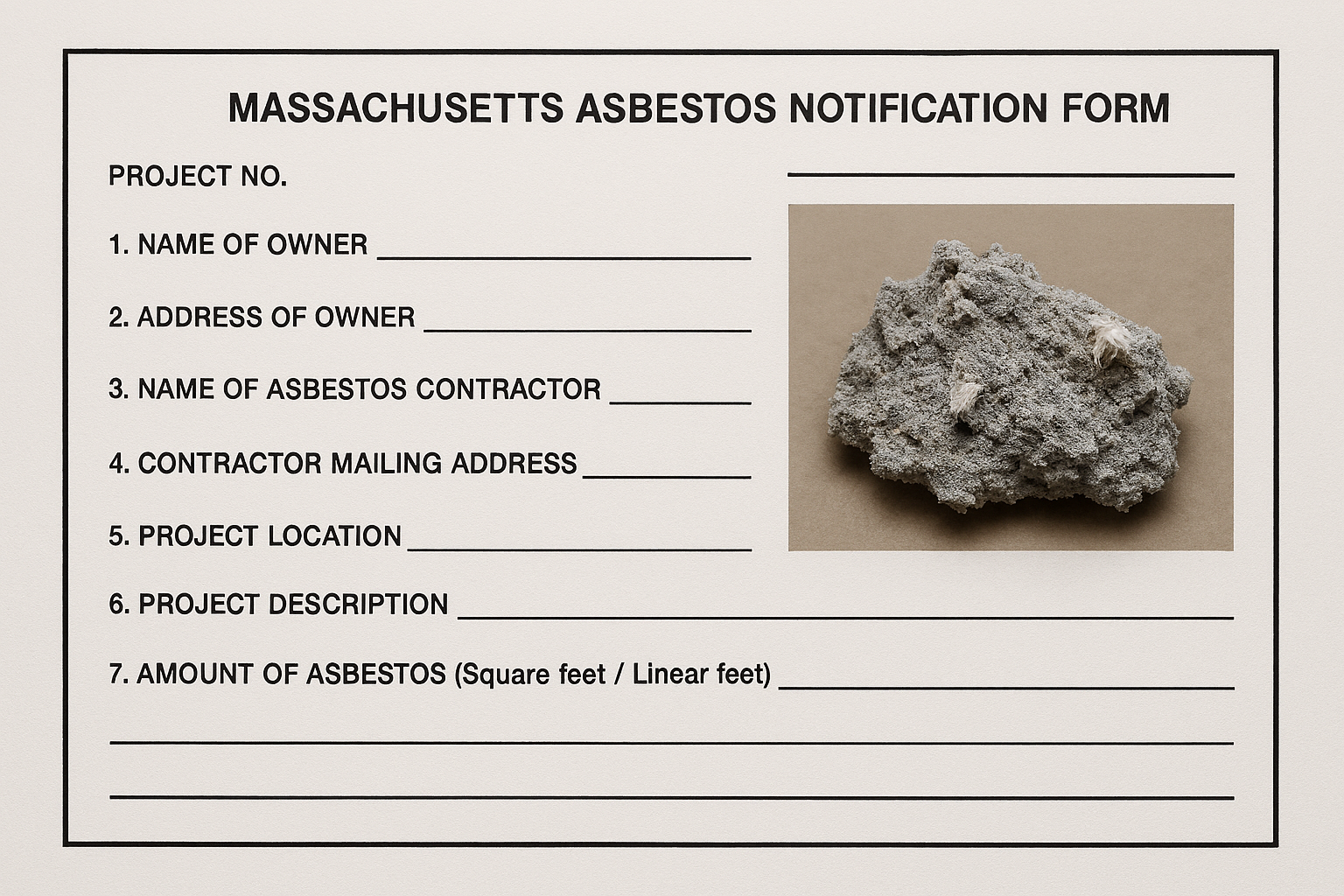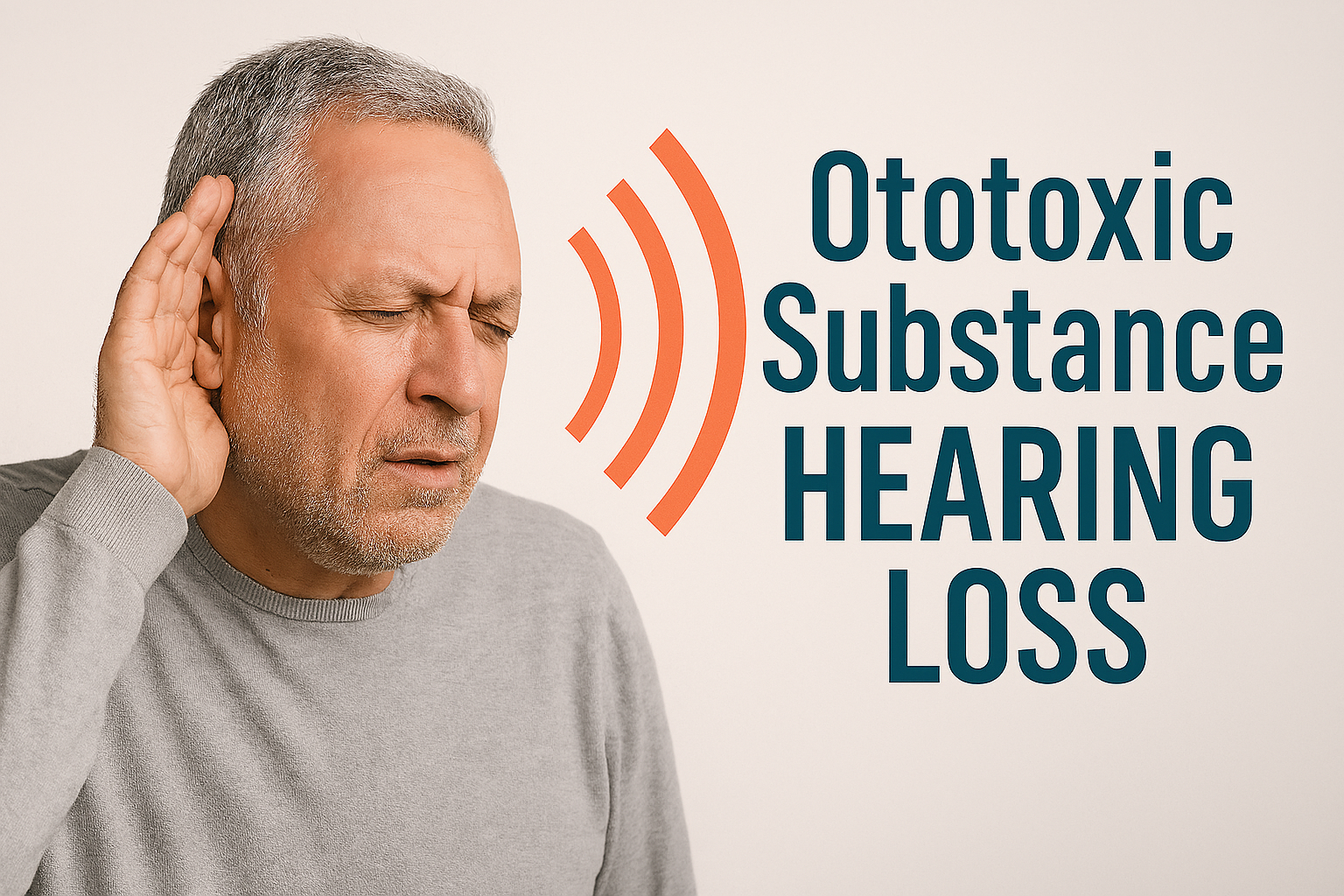This article, which is a follow-up to our Part 1 blog, describes additional OSHA requirements for beryllium-exposed workers in the General Industry and Construction sectors. We'll start with the OSHA requirements that are virtually identical to both sectors:
Cashins & Associates : Resources
Beryllium in the Workplace: OSHA Standards, Part 2
- Hygiene Areas and Practices: provide washing facilities, change rooms, and eating/drinking areas. Prohibit workers from eating, drinking, smoking, chewing tobacco or gum, or applying cosmetics in areas where beryllium exposures exceed the OSHA Permissible Exposure Limit (PEL) of 0.2 micrograms per cubic meter (μg/m3) and Short-term Exposure Limit (STEL) of 2.0 μg/m3.
- Housekeeping: keep all surfaces "as free as practicable" from beryllium. Use OSHA's prescribed cleaning methods to minimize airborne beryllium dust.
- Medical Surveillance and Medical Removal: in brief, provide workers that meet certain criteria with medical exams which include a lung function test and a BeLPT blood test. Perform these at mandated intervals. In addition, provide OSHA-prescribed benefits to workers who qualify for medical removal.
- Hazard Communication: provide information and training on beryllium and its hazards to affected workers. Post hazard warning signs and labels.
- Recordkeeping: retain medical records (for the worker's duration of employment + 30 years), Industrial Hygiene air monitoring records (for at least 30 years), and training records (for 3 years).
The most notable differences between the OSHA Beryllium Standard for General Industry and the OSHA Beryllium Standard for Construction are described below.
General Industry-specific:
- Work Areas and Regulated Areas: this requirement applies to the General Industry sector. Establish and maintain beryllium work and/or restricted areas when the criteria in the Standard are met. Use a means to demarcate them (signs must be posted in regulated areas) and limit access to regulated areas to personnel having roles described in the Standard.
- Exposure Control Recommendations: Table A.1 in 1910.1024 lists minimal control strategies for various operations (beryllium oxide forming, chemical processing operations, etc.). While these are non-mandatory, they can help employers comply with the mandate to implement engineering and work practice controls to reduce airborne exposures.
Construction-specific:
- Competent Person: designate a competent person whenever exposures are or "can reasonably be expected to be" exposed to beryllium above the PEL or STEL. This individual must inspect the job site, implement the written exposure control plan, and ensure that workers are wearing required PPE, including respirators. The competent person must have the "knowledge, ability, and authority" to fulfill these responsibilities.
Finally, some comments on compliance dates: while both Standards were effective on March 10, 2017, there are staggered compliance dates for the various requirements in each standard. These due dates sometimes differ between the 2 Standards. For example, General Industry had until March 12, 2018 to comply with the housekeeping requirements whereas Construction has until September 30, 2020 to comply with housekeeping mandates.
This article, along with our Part 1 article, highlights the key requirements of OSHA's Beryllium Standards for General Industry and Construction. Virtually each item listed above has additional detailed information that is key to successful implementation and compliance.
Cashins can help you navigate through this OSHA requirement and many more Industrial Hygiene and Safety issues. You can contact us by clicking on the icon below. We look forward to hearing from you!





